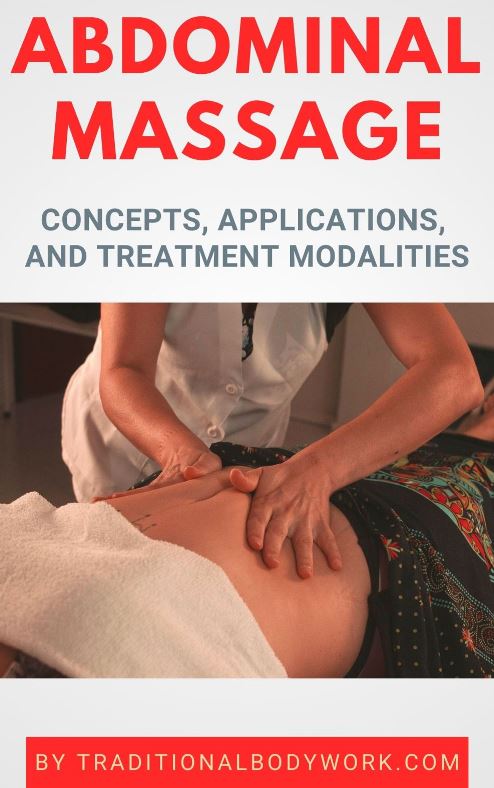
Preterm birth, the phenomenon of babies born before 37 completed weeks of gestation, represents a silent yet devastating global health crisis.
The statistics paint a concerning picture. According to UNICEF, of every 10 babies born, 1 is preterm, and every 40 seconds, 1 of those babies dies. This alarmingly high mortality rate means preterm birth is now the leading cause of child deaths. Beyond the immediate threat to life, preterm survivors often face lifelong health consequences, including an increased likelihood of disability and developmental delays.
Despite its widespread impact, the world remains dangerously unprepared to prevent and manage the complex challenges of preterm births.
This article will explore the multifaceted reasons behind this global deficiency and the urgent need for comprehensive action.
Inconsistent Access to Neonatal Intensive Care Units (NICUs)
Access to specialized neonatal care remains one of the most urgent challenges for preterm infants worldwide. NICUs provide critical support, such as advanced monitoring, respiratory aid, and 24/7 care, which can mean the difference between life and death.
However, in many regions, especially rural and low-income areas, NICU beds and essential equipment are in dangerously short supply. Geography and economic status often dictate whether a premature baby receives timely, life-saving care.
Even in high-income countries, systemic strain is evident. According to CBC News, the Saskatchewan Union of Nurses (SUN) reported that the NICU at Regina General Hospital is facing an “unprecedented overcapacity crisis.”. An anonymous staff email described the loss of one-to-one nurse-to-patient care and the use of the unit’s last available ventilator.
These disparities reveal a harsh reality: while some newborns receive excellent care, others are left severely underserved.
Lack of Standardized Global Protocols
Care for preterm infants is fragmented globally, with protocols varying drastically between countries and even hospitals, leading to uneven outcomes. Discrepancies in feeding practices, antibiotic use, infection prevention, and follow-up care persist due to resource limitations, inadequate training, or poor coordination.
This means a premature baby’s survival and long-term health can hinge more on their birthplace than their medical condition.
Despite this, The Conversation highlights five key interventions recommended by the International Federation of Gynaecology and Obstetrics, suitable even for low-resource settings:
- Antenatal corticosteroids: Steroids given before birth to mothers improve lung development and reduce brain bleeds and bowel complications.
- Magnesium sulfate: Administered to mothers before delivery, it protects the infant’s neurons and reduces brain damage.
- Delayed cord clamping: Waiting at least a minute after birth to clamp the umbilical cord reduces neonatal death and supports blood pressure.
- Early breastfeeding: Encouraging breastfeeding within one hour significantly reduces severe infections and bowel conditions like necrotizing enterocolitis.
- Immediate “Kangaroo Care”: Skin-to-skin contact between baby and parent for extended periods reduces death risk, infection, and improves breastfeeding rates.
The Feeding Challenges in Neonatal Care
Feeding preterm infants is one of the most critical and complex aspects of neonatal care. Mother’s milk is considered the gold standard, offering essential nutrients and immune protection. However, not all mothers are able to produce or provide breast milk immediately after birth due to medical or logistical reasons. In such cases, infant formula is often used as a substitute.
Concerns have been rising over the safety of formula for premature babies. For instance, in the U.S., cow’s milk-based formulas have been linked to cases of necrotizing enterocolitis (NEC), a potentially fatal gastrointestinal disease. According to TorHoerman Law, NEC can lead to severe, lifelong complications such as short bowel syndrome, developmental delays, and the ongoing need for care.
This concern has sparked ongoing litigation. According to an NEC lawsuit update, more than 700 lawsuits have been filed across the country against formula manufacturers. These cases target major companies, including Mead Johnson (Enfamil) and Abbott Laboratories (Similac).
The case has intensified calls for clearer feeding guidelines, more rigorous research, and greater transparency from formula manufacturers and healthcare providers.
Long-Term Care Is Often an Afterthought
For many preterm infants, the need for specialized care continues well beyond hospital discharge. Services like developmental monitoring, physical therapy, and educational support are crucial for helping these children thrive.
However, in many parts of the world, especially in rural or underserved areas, access to such long-term care is limited or unavailable. As a result, many families are left to navigate complex medical and developmental needs with little guidance or support.
Preemies are at higher risk for chronic illnesses, learning difficulties, and behavioral challenges. Yet, long-term follow-up and early intervention programs are often underfunded or overlooked.
According to Frontiers, the risk of negative long-term outcomes increases as gestational age decreases. Only 23% of adults born before 28 weeks develop without comorbidities, compared to 54.6% of all preterm adults. Preterm birth is also linked to chronic diseases and mental health disorders like depression, anxiety, and ADHD. Without consistent, accessible care, many of these challenges remain unaddressed into adulthood.
Frequently Asked Questions
What are the main causes of preterm birth?
Preterm birth can result from multiple factors. These include infections, chronic health conditions like diabetes or high blood pressure, multiple pregnancies, and lifestyle risks such as smoking or poor nutrition. Other causes include problems with the uterus or cervix, stress, and inadequate prenatal care.
How can countries improve outcomes for preterm infants?
Countries can improve outcomes for preterm infants by investing in neonatal care infrastructure, training healthcare providers, and ensuring access to essential interventions. Standardizing care protocols, supporting breastfeeding, and raising public awareness can also reduce complications and improve survival rates.
When is a premature baby out of danger?
A premature baby is not considered out of danger immediately after birth. They are generally safer when they can breathe without assistance, maintain body temperature, feed effectively, and gain weight steadily. However, long-term risks may persist, requiring ongoing medical monitoring for developmental or health concerns.
The mishandling of preterm birth represents a widespread systemic failure that impacts millions of families around the world each year. From inconsistent access to intensive care to the neglect of long-term developmental needs, the world remains dangerously unprepared for the realities of prematurity. The NEC baby formula lawsuits highlight just one of many gaps in our approach.
It’s time for unified standards, greater accountability, and more compassionate, comprehensive support for the smallest and most vulnerable lives. Only through coordinated global action can we hope to close these gaps and give every preterm baby the best possible start.




















